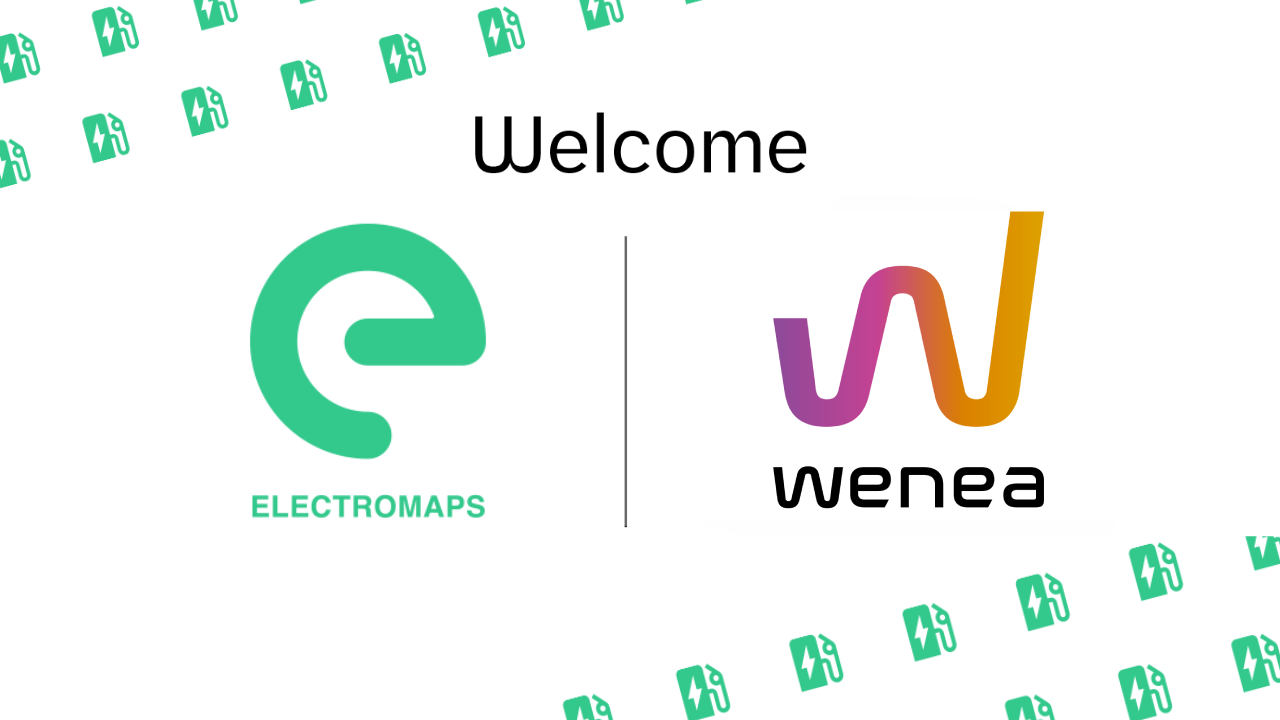What are charging modes? Perhaps it is the least known part of the electric vehicle charging process since we usually talk about charges and connector’s types or even the cables to charge an electric car. Well, Charging modes are essential to understand the communication between charging stations and vehicles, as well as the control that users can take over the charging process.
Currently, and according to the European standard, there are 4 charging modes -three in alternating current and one in direct current- and bidirectional charging. Each one adapts to a different situation and the type of vehicle. Below, we detail each one of them:

Mode 1: schuko
In this mode there is no communication between the socket and the vehicle. In addition, it is a domestic Schuko socket, so the charging point is not specifically intended for charging the vehicle. It is a slow, single-phase, alternating charge with a maximum intensity of 16 A and a voltage of 230 V, so the maximum charging power is 3.7 kW.
This socket has no security or protection, so it is more recommended to be used to charge motorcycles, scooters or electric bikes. You can always use it to charge a car in exceptional circumstances -for safety and for delay in charging time- if needed.

Mode 2: slow charging
This mode is the same than mode 1, but with the difference that the cable is fitted with a protection system and a differential switch, thus avoiding any connection problem with the network by activating or deactivating the charge. This is a way of adding security in the process and a low level of communication between point and vehicle.
Usually, Mode 2 includes a charging box with a Schuko socket, and the cable is connected from the vehicle with this socket, but with the added protection system that we have mentioned.
It is therefore a slow, single-phase, alternating charge with an intensity that is usually 16 A, a voltage of 230 V, and a maximum power of 3.7 kW. This socket is ideal for electric cars with a small battery or also plug-in hybrids, and for electric motorcycles.
Mode 3: semi-fast charging
This mode is being standardised in destination charges, such as in our home, workplace or parking facilities in building-flats, as well as shopping centres, restaurants, hotels or other businesses. It is colloquially known as Wallbox, and it is only for charging electric vehicles or plug-in hybrids.
This includes several mandatory protection systems, not only for the electrical installation and the vehicle's own safety, but for monitoring and detecting the charge. So the communication’s level between the point and the vehicle is high. This is a semi-fast charge done with a cable that connects the point and the vehicle.
It uses alternating current and acts as single-phase and, if possible, also in three-phase. The ordinary intensity is 32 A, so the maximum power is 7.4 kW. However, if the load is three-phase, the intensity can be up to 63 A and up to a maximum of 43 kW.
In this charging mode, a Type 2 (Mennekes) connector is needed.

Mode 4: fast or ultra-fast charging
This mode is intended for fast charging in direct current due to the alternating to continuous current transformer added. It is very common to find it in public charging points, since its high cost limits its use to this area.
In this case, the cable is already incorporated into the charging point, so you only have to connect the side of the vehicle. Charges are at least 50 kW, meaning that in half an hour the 80% of the battery of an EV can be charged, always depending on the capacity of the battery. However, the charging power can also be ultra-fast, being able to reach up to 350 kW. The connectors used are CCS Combo and CHAdeMO.
Communication between the charging point and the vehicle is complete. Likewise, it is strongly recommended not to abuse ultra-fast charging, since it can damage the vehicle's battery and precipitate its deterioration in the long term.
As a reminder, on the Electromaps charging stations map it is possible to filter the points displayed based on the power needed.
Bidirectional charging
With this system, EVs -in addition to taking energy from the network- can use their batteries to charge other devices, such as electric scooters or bicycles, coffee makers, laptops, or to return excess energy to the network.

Bidirectional charging can also be used to try to save electricity costs at home, so the car is charged when the rate is lower and part of that charge could be returned to power an appliance, for example, during those hours when the kW is more expensive.
Not all chargers or all electric cars allow this bidirectional charging. But every day there are more options. These are some of the vehicles that already incorporate this function and allow 220V power management: Nissan Leaf, Hyundai Ioniq 5, Volvo EX90, Volkswagen ID.4 and ID5, or Kia EV6. A charging accessory is probably needed: an adapter with the EV connector and a Schuko plug.

Currently, the most common modes are 3 and 4. Everyday use of bi-directional charging will soon become true for most EV drivers. It is evident, then, that the communication between point and vehicle is essential for the optimal development of the charging process.
In this sense, it is absolutely necessary that the vehicle’s charge incorporates a management software. Electromaps, as a leading platform in electric mobility, has the most advanced management system, allowing the point owner to have great peace of mind and full control of their charging point (billing, reports,...), at the same time that users benefit from easy access and payment.




.jpeg)





.png)
%20(1).png)